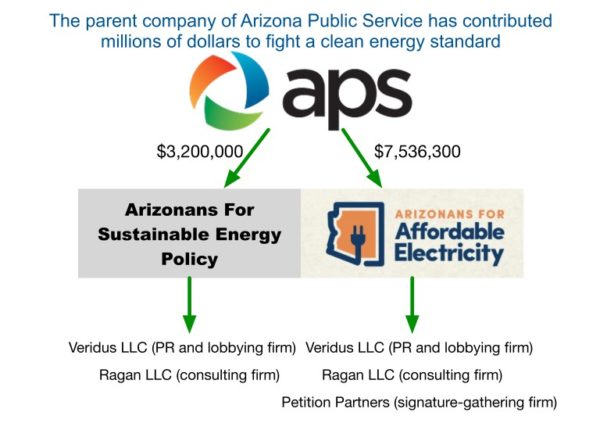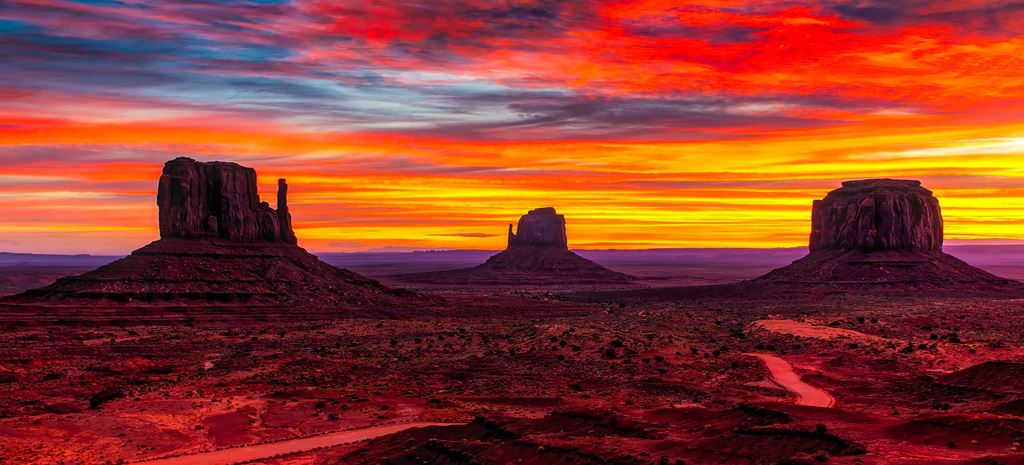In yet another effort to derail Clean Energy for a Healthy Arizona’s 50% by 2030 RPS initiative, Arizonans for Affordable Energy, a group funded by Arizona Public Service, the state’s largest electric utility, has filed a lawsuit claiming that less than 25% of the nearly 500,000 signatures for the RPS initiative are valid.

Of the 480,464 signatures the initiative collected, Arizonans for Affordable Energy has challenged all but 106,441 as being invalid. The group claims that Clean Energy for a Healthy Arizona used “Defective petition signature sheets that were circulated by persons not authorized to circulate petitions… contain inaccurate or absent disclosures regarding the circulator’s paid or volunteer status… were incomplete or inaccurate at the time of signature… include signatures from electors who: (1) were not registered voters at the time the petition sheet was signed; (2) were not registered voters in the county specified in the declaration on the petition sheet; or (3) signed an Initiative petition sheet on more than one occasion,” among a litany of other accusations.
This is not the first time that Arizonans for Affordable Energy has attacked the RPS initiative. The group ran ads labeling Clean Energy for a Healthy Arizona’s signature collection fleet as violent felons, and even Russian spies.
APS has also attacked Tom Steyer, the billionaire backer of the Arizona RPS initiative, as well as similar initiatives in Nevada and Michigan. Arizonans for Affordable energy has again gone to Twitter, painting Steyer as an outsider attempting to sabotage Arizona taxpayers. This is a bit of an irony, given that the entire purpose of this organization appears to be preventing the voters of Arizona from having a direct say in the state’s energy policy.
While APS has been quick and frequent to attack the Clean Energy for a Healthy Arizona RPS initiative, they have not done so to Commissioner Andy Tobin of the Arizona Corporation Commission’s 80% “clean energy” by 2050 goal. There are a couple factors that provide the reasoning for this.
Firstly, the RPS initiative calls for 10% of the total 50% renewable energy to be generated from distributed energy resources. As has been frequently noted in this publication, distributed energy is a threat to the business model and revenues of utilities, whereas large-scale solar is not, and the latter is becoming more popular in states like Arizona where solar is becoming increasingly cheaper.
Perhaps the largest difference in the two “clean energy” initiatives comes in their definitions of clean, specifically if nuclear energy fits that definition. The Tobin plan includes and praises nuclear power as a form of clean energy, while the RPS initiative does not include nuclear as a form on renewable energy. By the way, APS is a partial owner of the 3.3 GW Palo Verde nuclear power plant, the largest in the nation.
Arizona is a state notorious for dirty energy politics, and if this lawsuit fails it is unlikely to be the last attempt by APS to stop the voters of the state from having a say in the sources of their electricity generation.
This content is protected by copyright and may not be reused. If you want to cooperate with us and would like to reuse some of our content, please contact: editors@pv-magazine.com.









We are fortunate to live in Arizona. We have abundant sunshine to power our solar panels and we have 3 of the top performing nuclear power plants in the nation for the past 25+ years. You wouldn’t know it reading the above article. Our residents that form groups in the name of clean energy and utilities that do likewise should sit down, communicate and learn to get along. Arizona is a growing state and closing down PVNGS does not help our energy situation. Solar is important and the combination of the two will enhance our future.
It is interesting that you cite nuclear power plants. A recent study showed that even with a 50% RPS, there would be no need to close Palo Verde. However, under Commissioner Tobin’s proposal, it is likely that Palo Verde would receive credits similar to renewable energy credits.
This does not appear to be about whether or not Arizona will shut down nuclear power plants, but rather whether or not it will enrich Palo Verde’s owners with subsidies.